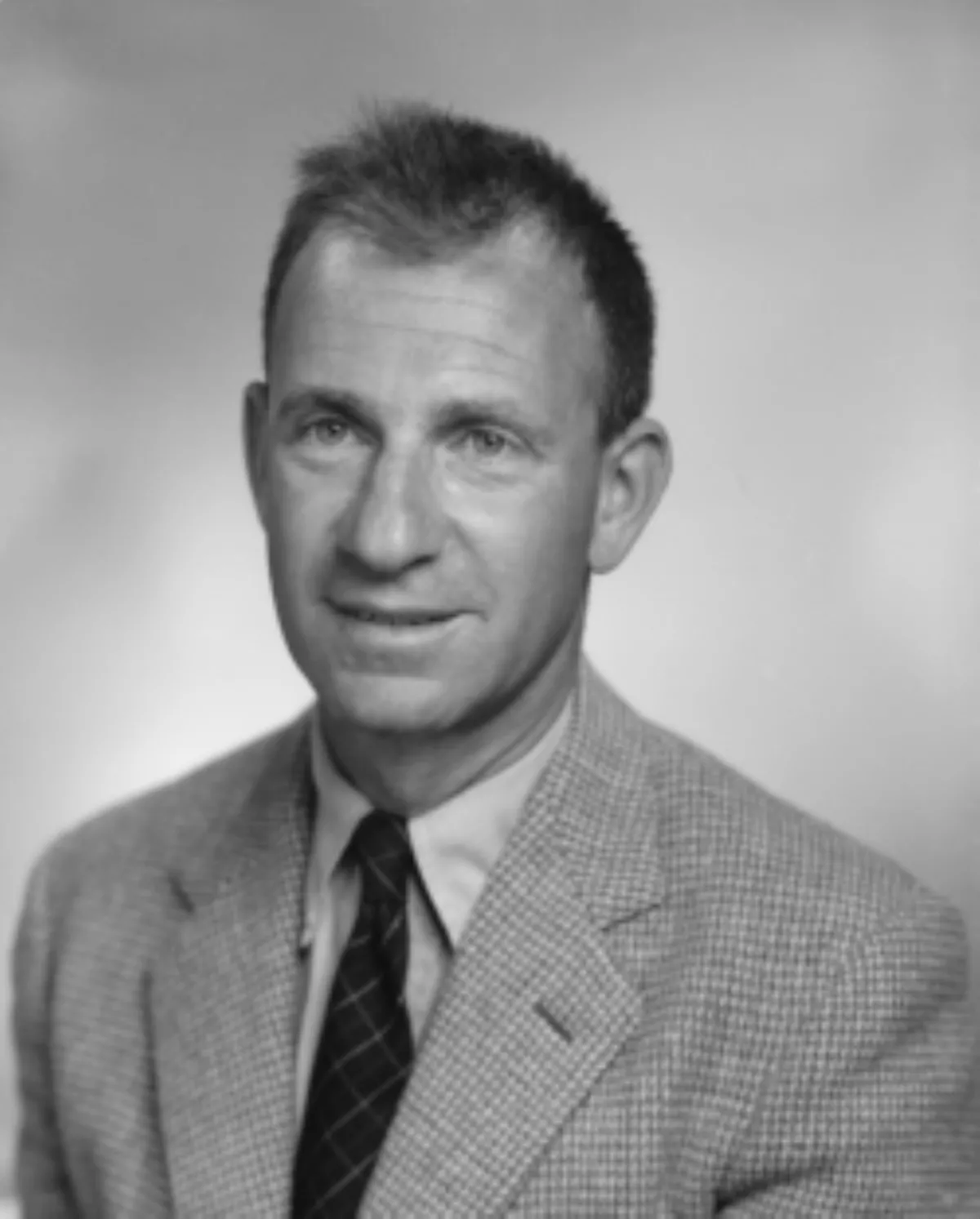 1.
1. Walter Heinrich Munk was an American physical oceanographer.

 1.
1. Walter Heinrich Munk was an American physical oceanographer.
Walter Munk was one of the first scientists to bring statistical methods to the analysis of oceanographic data.
Walter Munk's work won awards including the National Medal of Science, the Kyoto Prize, and induction to the French Legion of Honour.
Walter Munk's career began before the outbreak of World War II and ended nearly 80 years later with his death in 2019.
Walter Munk was involved with oceanographic programs during the atomic bomb tests in Bikini Atoll.
Walter Munk continued to develop and advocate for acoustical measurements of the ocean throughout his career.
In 1917, Walter Munk was born to a Jewish family in Vienna, Austria-Hungary.
In 1932, Walter Munk was performing poorly in school because he was spending too much time skiing, so his family sent him from Austria to a boys' preparatory school in upper New York state.
Walter Munk's family envisioned a career for him in finance with a New York bank connected to the family business.
Walter Munk worked at the family's banking firm for three years and studied at Columbia University.
In 1939, Walter Munk asked Sverdrup to take him on as a doctoral student.
Sverdrup agreed, although Walter Munk recalled him saying "I can't think of a single job that's going to become available in the next ten years in oceanography".
Walter Munk's studies were interrupted by the outbreak of World War II.
Walter Munk completed his doctoral degree in oceanography at Scripps under the University of California, Los Angeles in 1947.
Walter Munk helped to determine the currents, diffusion, and water exchanges affecting the radiation contamination from the second test, code-named Baker.
Roger Revelle, John Isaacs, and Walter Munk had initiated a program for monitoring for the possibility of a large tsunami generated from the test.
Walter Munk continued to have a close association with the military in later decades.
Walter Munk was one of the first academics to be funded by the Office of Naval Research, and had his last grant from them when he was 97.
Walter Munk became a full professor there in 1954, but his appointment was at the Institute of Geophysics at the University of California, Los Angeles.
Walter Munk's founding of IGP at La Jolla was concurrent with the creation of the UCSD campus.
Walter Munk has the knack of defining a field in a way that requires decades of subsequent work by others to fully flesh-out, while he himself moves on.
In 1948, Walter Munk took a year's sabbatical to visit Sverdrup in Oslo, Norway on his first Guggenheim Fellowship.
Walter Munk worked on the problem of wind-driven ocean circulation, obtaining the first comprehensive solution for currents based on observed wind patterns.
Walter Munk coined the term "ocean gyres," a term now widely used.
Walter and Judith Munk collaborated in making a film to document the experiment.
Walter Munk's pioneering research into surf forecasting was acknowledged in 2007 with an award from the Groundswell Society, a surfing advocacy organization.
Between 1965 and 1975, Walter Munk turned to investigations of ocean tides, partly motivated by their effects on the Earth's rotation.
The resulting spectrum, now called the Garrett-Walter Munk Spectrum, is roughly consistent with a large number of diverse measurements that had been obtained over the global ocean.
Walter Munk advocated for acoustical measurements of the ocean for much of his career, such as his 1986 Bakerian Lecture Acoustic Monitoring of Ocean Gyres, the 1995 monograph Ocean Acoustic Tomography written with Worcester and Wunsch, and his 2010 Crafoord Prize lecture The Sound of Climate Change.
Walter Munk recognized that the tidal energy from the scattering and radiation of large-scale internal waves from mid-ocean ridges was significant, hence it could drive abyssal mixing.
Walter Munk was elected to the National Academy of Sciences in 1956, the American Academy of Arts and Sciences in 1957, the American Philosophical Society in 1965, and to the Royal Society of London in 1976.
Walter Munk was both a Guggenheim Fellow and a Fulbright Fellow.
Walter Munk was named California Scientist of the Year by the California Museum of Science and Industry in 1969.
Walter Munk gave the 1986 Bakerian Lecture at the Royal Society on Ships from Space and Acoustic monitoring of ocean gyres.
In July 2018 at the age of 100, Walter Munk was appointed a Chevalier of France's Legion of Honour in recognition of his contributions to oceanography.
Walter Munk was an active participant at Scripps for decades, where she contributed to campus planning, architecture, and the renovation and reuse of historical buildings.
In 2011, Walter Munk married La Jolla community leader Mary Coakley.
Walter Munk remained actively engaged in scientific endeavors throughout his life, with publications as late as 2016.
Walter Munk died of pneumonia on February 8,2019, at La Jolla, California, aged 101.